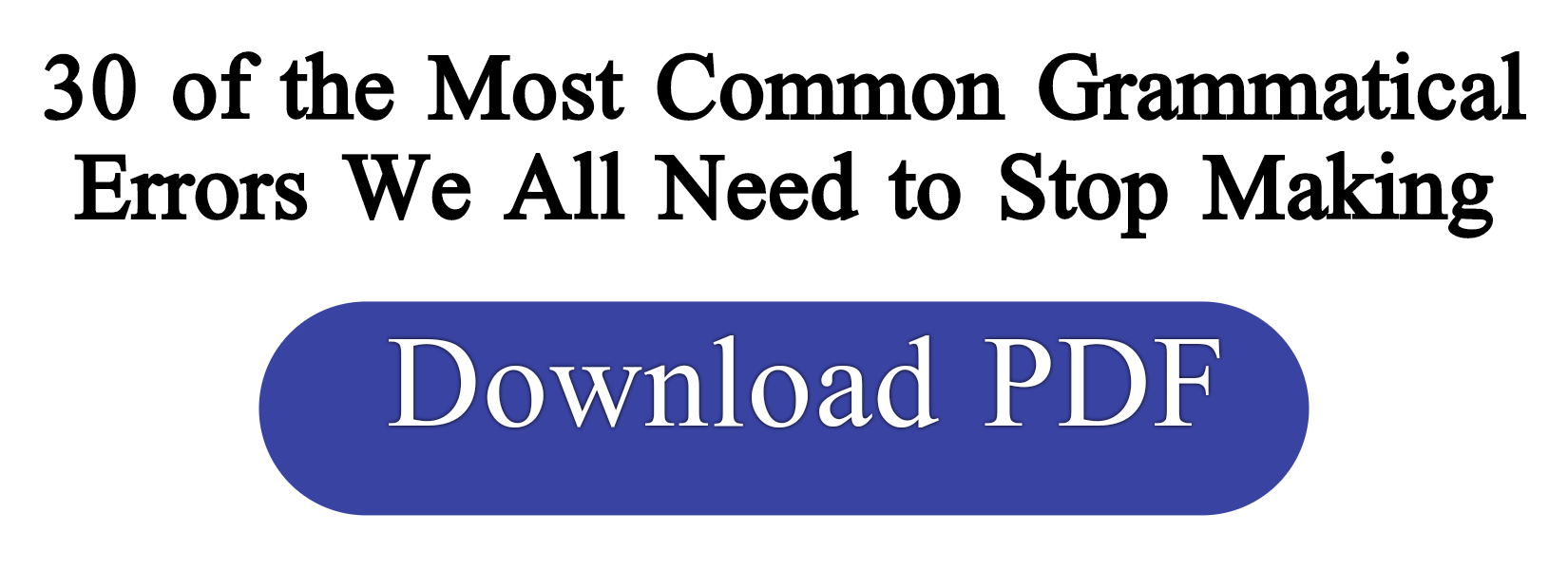A run-on is an error that occurs when two independent clauses are joined incorrectly. There are two kinds of run-ons: comma splices and fused sentences.
A comma splice is a run-on that occurs when two independent clauses are joined by just a comma. A fused sentence is a run-on that occurs when two independent clauses are joined with no punctuation.
Comma splice: The bus stopped suddenly, I spilled coffee all over my shirt.
Fused sentence: Mario told everyone in the room to be quiet his favorite show was on.
To revise a comma splice or fused sentence, use one of the following four strategies:
- Add a period between the clauses, creating two separate sentences.
- Add a semicolon between the clauses, creating a compound sentence.
- Add a coordinating conjunction between the clauses, creating a compound sentence.
- Subordinate one clause to the other, creating a complex sentence.
1. Revising with periods
You can revise a comma splice or fused sentence by adding a period between the independent clauses, creating two separate sentences. This is a good strategy to use when the clauses are long or when they are not closely related.
Run-on: The phone in the next apartment rings all the time the tenants keep complaining about the sound.
Revised: The phone in the next apartment rings all the time. The tenants keep complaining about the sound.
Using a comma to punctuate an interrupted quotation that consists of two complete sentences creates a comma splice. Instead, use a period.
Run-on: “This is a good course,” Eric Said, “in fact, I wish I’d taken it sooner.”
Revised: “This is a good course,” Eric Said. “In fact, I wish I’d taken it sooner.”
2. Revising with semicolons
You can revise a comma splice or fused sentence by adding a semicolon between two closely related clauses that convey parallel or contrasting information. The result will be a single compound sentence.
Run-on: I voted for the president two years ago I would not vote for him today.
Revised: I voted for the president two years ago; I would not vote for him today.
Run-on: Sharon didn’t understand the instructor’s point, therefore, she asked him to repeat it.
Revised: Sharon didn’t understand the instructor’s point; therefore, she asked him to repeat it.
When you use a transitional word or phrase (such as however, therefore, or for example) to connect two independent clauses, the transitional element must be preceded by a semicolon and followed by a comma. If you link the two clauses with just a comma, you create a comma splice; if you omit punctuation entirely, you create a fused sentence.
3. Revising with coordinating conjunctions
You can use a coordinating conjunction (and, or, but, nor, for, so, yet) to join two closely related clauses of equal importance into one compound sentence. The coordinating conjunction you choose indicates the relationship between the clauses: addition (and), contrast (but, yet), causality (for, so), or a choice of alternatives (or, nor). Be sure to include a comma before the coordinating conjunction.
Run-on: I hate to see animals in cages so a trip to the zoo always depresses me.
Revised: I hate to see animals in cages, so a trip to the zoo always depresses me.
4. Revising with subordinating conjunctions or relative pronouns
When the ideas in two independent clauses are not of equal importance, you can use a subordinating conjunction or relative pronoun to join the clauses into one complex sentence, placing the less important idea in the dependent clause. The subordinating conjunction or relative pronoun you choose indicates how the clauses are related.
Run-on: Rochelle didn’t want to die of lung cancer, she decided to stop smoking.
Revised: Because Rochelle didn’t want to die of lung cancer, she decided to stop smoking.
Run-on: The wedding reception began to get out of hand, the guests started to throw food at each other.
Revised: The wedding reception began to get out of hand when the guests started to throw food at each other.
ACCEPTABLE COMMA SPLICES
In a few special cases, comma splices are acceptable. For instance, a comma is conventionally used in dialogue between a statement and a tag question, even though each is a separate independent clause:
This is Ron’s house, isn’t it?
I’m not late, am I?
In addition, commas may be used to connect two short, balanced independent clauses or two or more short parallel independent clauses, especially when one clause contradicts the other.
Commencement isn’t the end, it’s the beginning.








